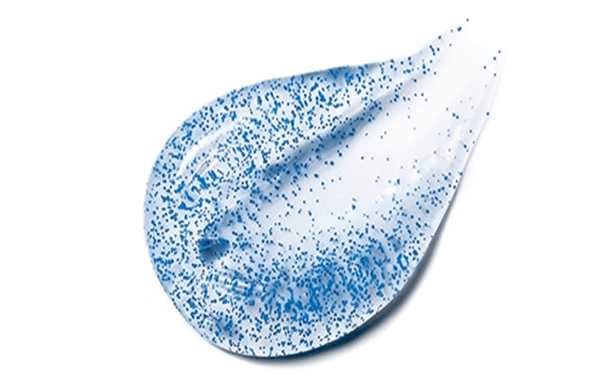The European Chemicals Agency ECHA submitted a restriction proposal for microplastic particles that are intentionally added to mixtures used by consumers or professionals. The scope encompasses a wide range of uses in consumer and professional products in multiple sectors, including cosmetics, detergents and maintenance products, paints and coatings, building materials and medicinal products, as well as various products used in agriculture, horticulture and Petroleum. and gas sectors.
If adopted, the restriction could reduce the amount of microplastics released into the environment in the EU by around 400 thousand tonnes over 20 years.
The agency assessed the health and environmental risks posed by intentionally added microplastics and concluded that an EU-wide restriction would be justified.
ECHA’s evaluation found that intentionally added microplastics are more likely to accumulate in terrestrial environments, as the particles become concentrated in sewage sludge that is frequently applied as fertilizer. A much smaller proportion of these microplastics are released directly into the aquatic environment.
Once released, they can be extremely persistent in the environment, last for thousands of years, and virtually impossible to eliminate. Due to their small size, microplastics and nanoplastics, even the smallest particles that are created from the further degradation of microplastics, can be easily ingested and therefore enter the food chain. The potential effects on human health are not yet well understood.
Several EU member states have already introduced bans on the use of microplastics in certain types of products, largely with regard to cosmetic laundry products.

